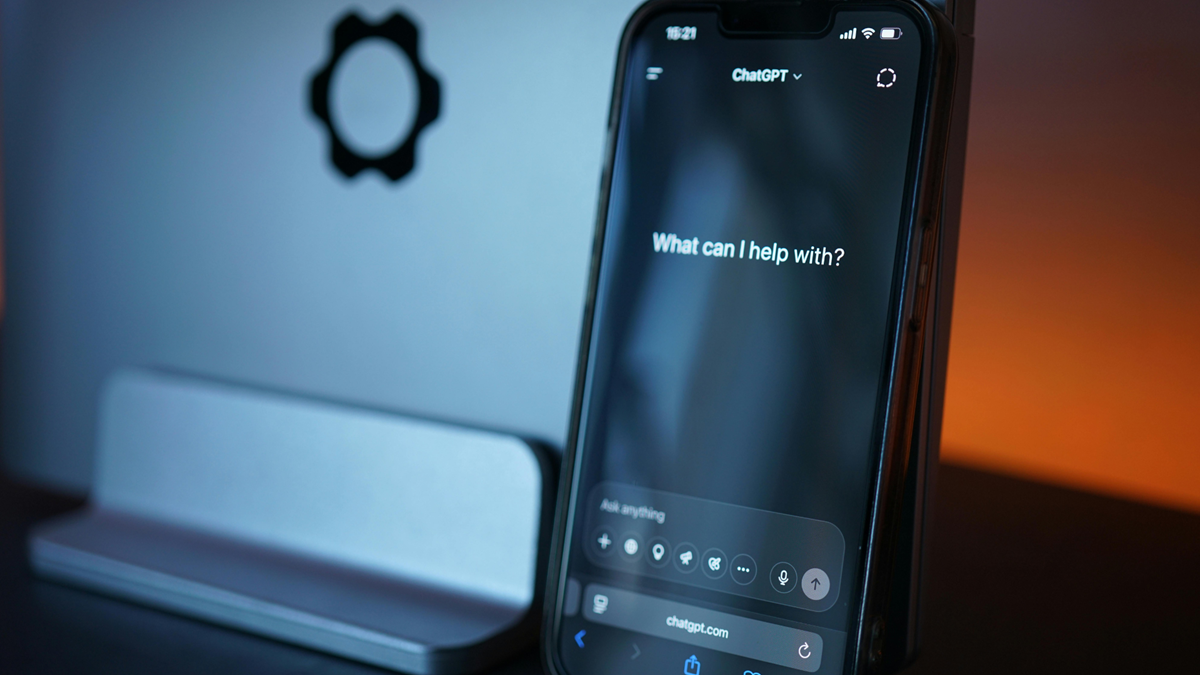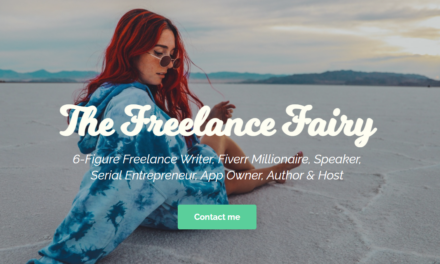Let’s be clear: DO NOT USE AI TO WRITE YOUR BOOK.
A social post? Sure. An outline for a blog post? Why not.
AI’s ability to generate content has sparked anger and fear among creators. It’s also led to a swath of quickly, poorly crafted books posing as real creative works.
Critics argue that AI-generated writing undermines the deeply human tradition of storytelling and destroys originality. No matter how complex or sophisticated, an LLM can’t truly capture the emotion, nuance, and complexity we bring to writing.
Proponents praise AI’s ability to simplify repetitive and research-heavy tasks. They look at applications that simplify time-consuming or boring work to give themselves more time to be creative.
In a recent edition of CEX speaker Ann Handley’s newsletter, she answered a reader’s question: “Do you think you’ve become a better writer since AI hit the scene?”
Her answer was deep, involving paint and dog walking, but the meat of her response follows:
“AI has given me space to think longer and weirder and to follow side-thoughts and tangents. Sure, AI can create a landing page in seconds. Whatevs.
“But even better is how I can more easily draw connections I might’ve blown straight past because my ambitious, efficient, deadline-driven brain enjoys productivity and checking boxes and completing things.
“My brain sometimes acts like a raccoon on cocaine: rushing around in a frenzy to call this thing DONE instead of going a little bit slower and a little bit deeper.
“Paradoxically, the fast tech of AI helps me slow down.”
In my creative work, I couldn’t agree more. AI isn’t your competition. It’s a resource — when used ethically and strategically. It requires ensuring we are strategic and thoughtful in how we use AI.
Renowned marketing strategist and CEX speaker Mark Schaefer shares another great thought on AI:
“AI can be infinitely patient, tirelessly attentive, and enthusiastically interested. It is present for you. You are the focus. In any moment of the day, you are the most important object in the universe to your AI companion.”
Today, now, AI is simply never going to create content as good as you can. But that doesn’t mean AI can’t be an incredibly useful tool to aid in your creative process and writing, without turning you into one of those AI-slop makers.
1. Research smarter, not harder
AI tools simplify the research process. Generative AI platforms like ChatGPT excel at pulling together overviews of topics or identifying trends that you may need to address in your book. And as the LLMs improve, they hallucinate less.
For example, if you’re writing a nonfiction book, quickly summarizing research, compiling potential chapter ideas, or discovering statistical data becomes much easier.
2. Organize and outline
Now that you’ve got a bunch of background information and research, use AI to summarize, organize, and outline that information for you. This is, hands down, my favorite use for AI.
Even though I prefer to write creatively without much outlining or planning, I need an outline when I draft a blog post, article, report, or nonfiction book. I can’t stay focused if I don’t have a roadmap to keep me creating and moving in the right direction.
ChatGPT, Gemini, Claude, and similar tools are phenomenal at organizing a large amount of data into a sensible plan that you can work from while writing, designing, or whatever your project might look like.
3. Draft supplemental content
Over nearly a decade of blogging, I’ve always hated writing meta descriptions. I understand that the short sentence or two describing the post is necessary. I get why it’s important, too. But I hate writing them.
So I don’t. I ask ChatGPT to read the finished content and write the description. Here’s the incredibly simple prompt I use: “Read this article and write an SEO optimized meta description of 160 characters or less.”
The result is usually pretty good. I’ll make minor edits, but this kind of simple, programmatic writing is what AIs excel at. Just be sure to review what the AI gives you and refine it. You don’t want the descriptions to use the same verbs over and over or be riddled with too many em dashes.
4. Overcome writer’s block
Staring at a blank screen sucks. So don’t do it.
When I sit with my outline, information, and keyboard, and the words are not coming together, I ask the AI tool for something. The prompt can be simple: “I’m writing about X, here’s what I have so far. What should I write next?”
5. Improve accessibility with translations and formatting
My first four ideas for using AI center around developing the content, but this last one is different. Once you’ve published the content, use AI to make it easier to find and consume. You could use AI to translate it into other languages (as always, double-check its work). Or create an audio format for individuals with visual impairments. The possibilities are many.
Responsible use of AI for writers
While you acclimate to using AI for research and planning, be diligent in verifying the outputs. AI isn’t a source of information — it’s a tool for finding, sorting, organizing, and understanding the information. If you are researching a topic and ChatGPT makes a claim, validate that claim.
Always be transparent about the use of AI as well. You don’t need to have a disclaimer on everything that says, “I used ChatGPT to outline this content.” That would be like adding a disclaimer that you used Grammarly to proofread your content. What it does mean is that you should call out when you have used AI to assist you.
When I include snippets from ChatGPT, I make it explicit, something like “I asked ChatGPT how tall Godzilla is. Here’s what it had to say …”
(If you’re curious, ChatGPT gave me the eight different heights, ranging from the original Godzilla at 50 meters to the recent films at nearly 120 meters.)
At its core, AI is a tool — one of many resources in your creator’s toolkit. But your story, your expertise, and your unique message still need to come from you.
AI is just a powerful, fast auto-complete tool. You need to learn to use it because it’s going to be the new normal, but remain diligent and conscientious.
About the author
Paul is the Senior Content Manager at Lulu. When he's not entrenched in the publishing and print-on-demand world, he likes to hike the scenic North Carolina landscape, read, sample the fanciest micro-brewed beer, and collect fountain pens. Paul is a dog person but considers himself cat tolerant.











